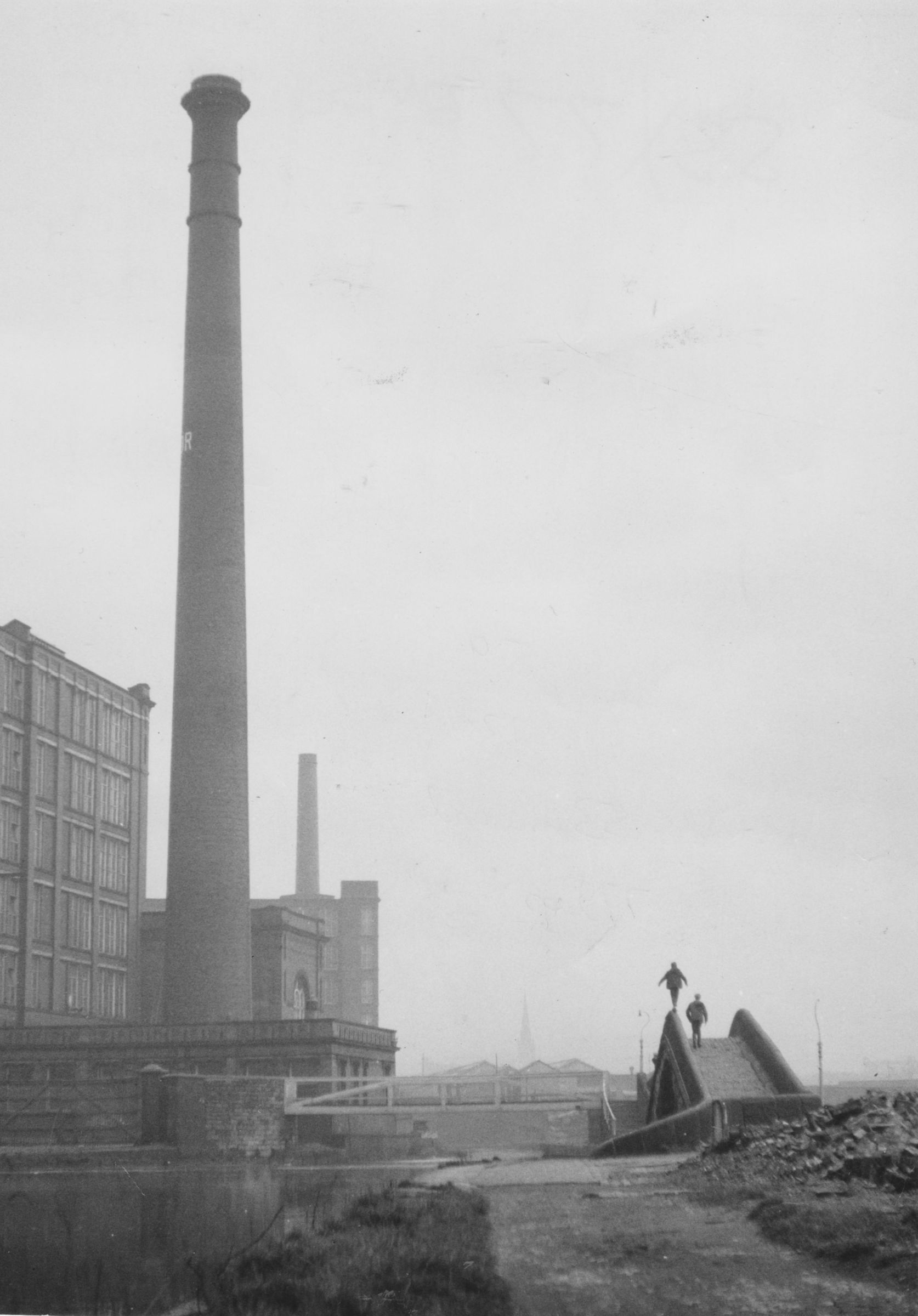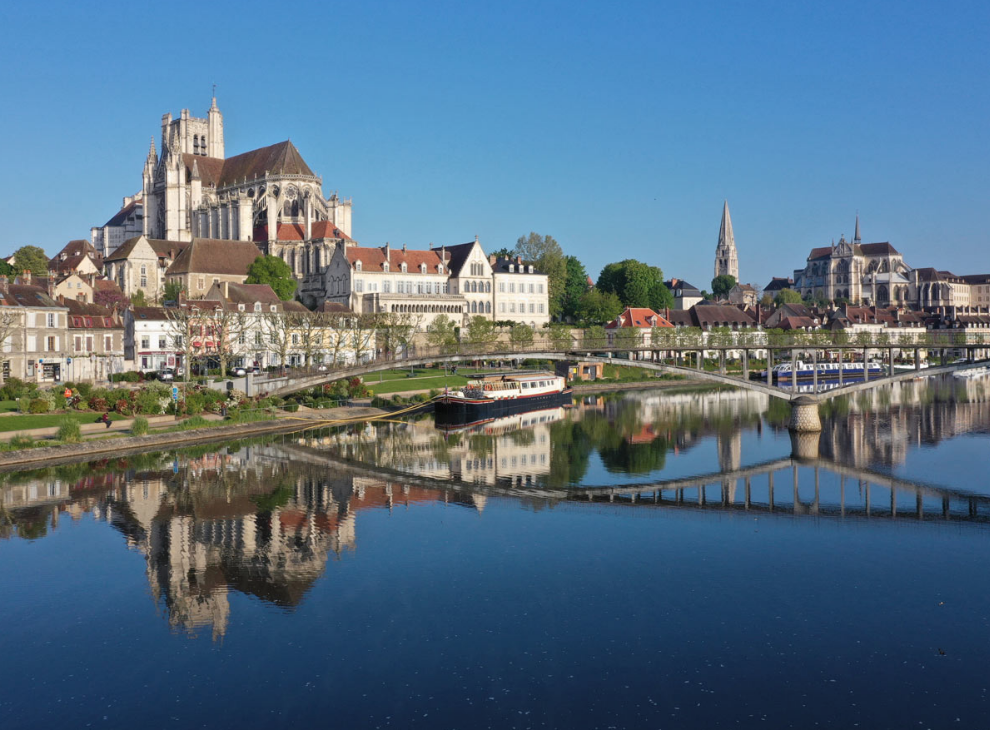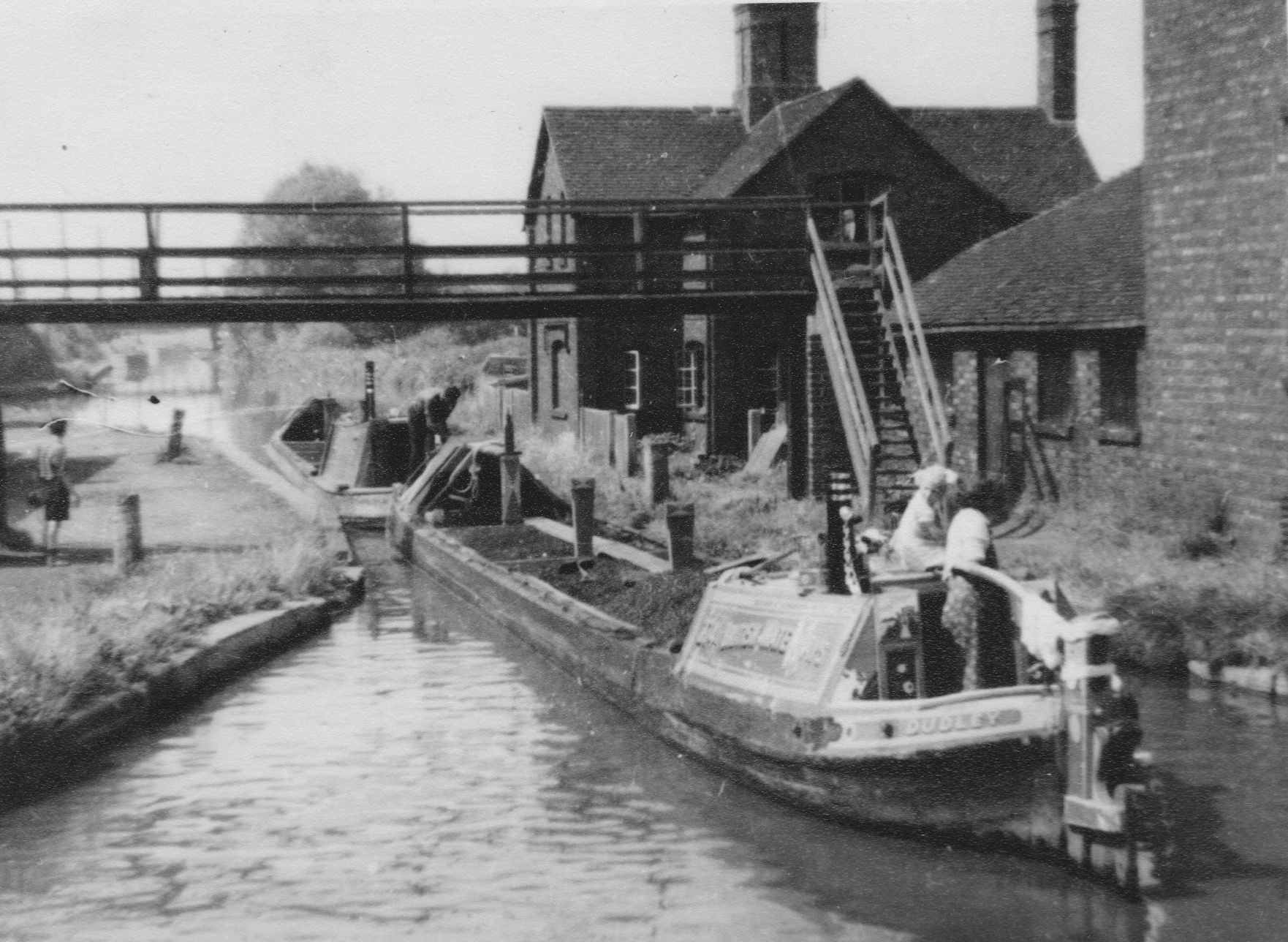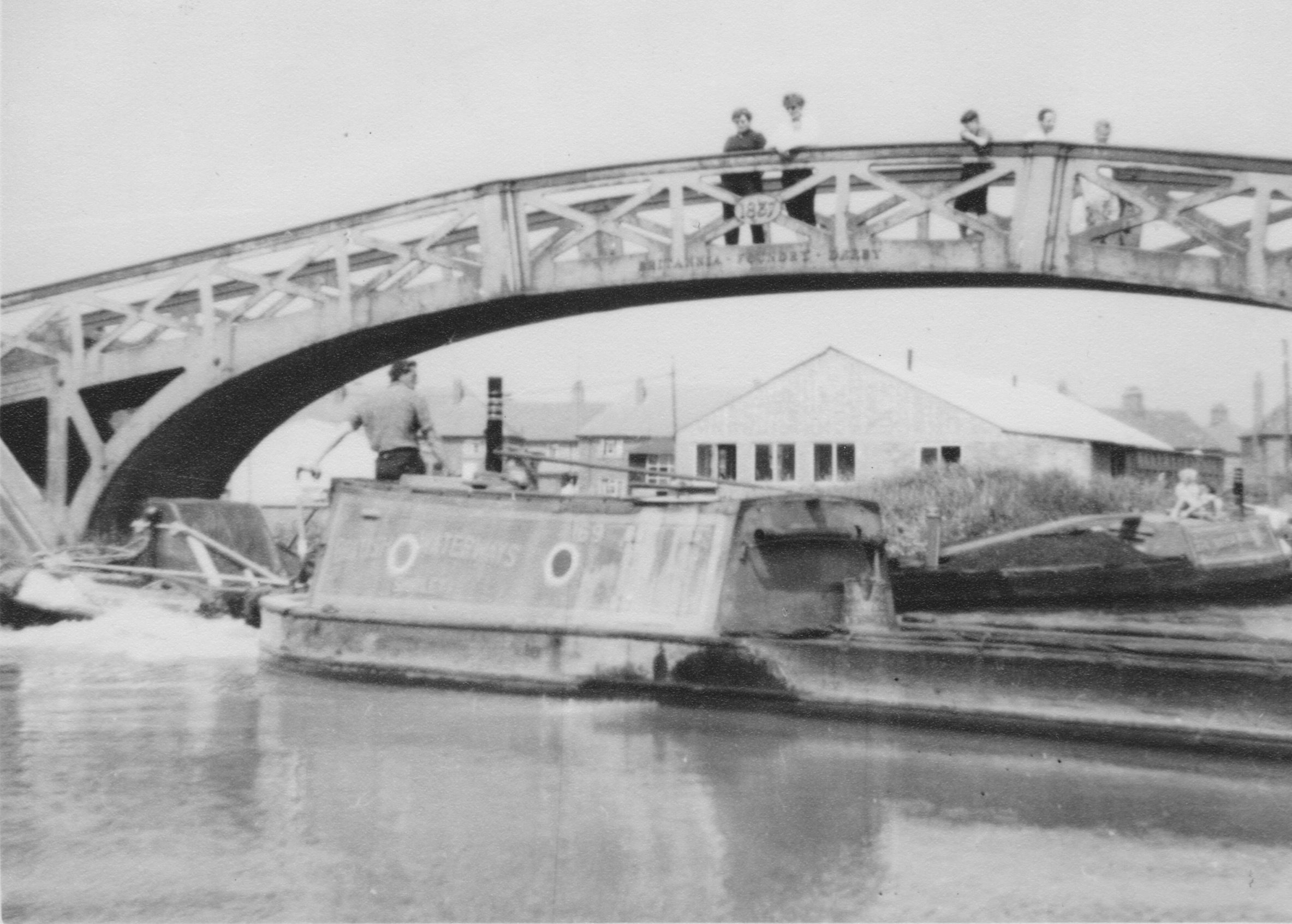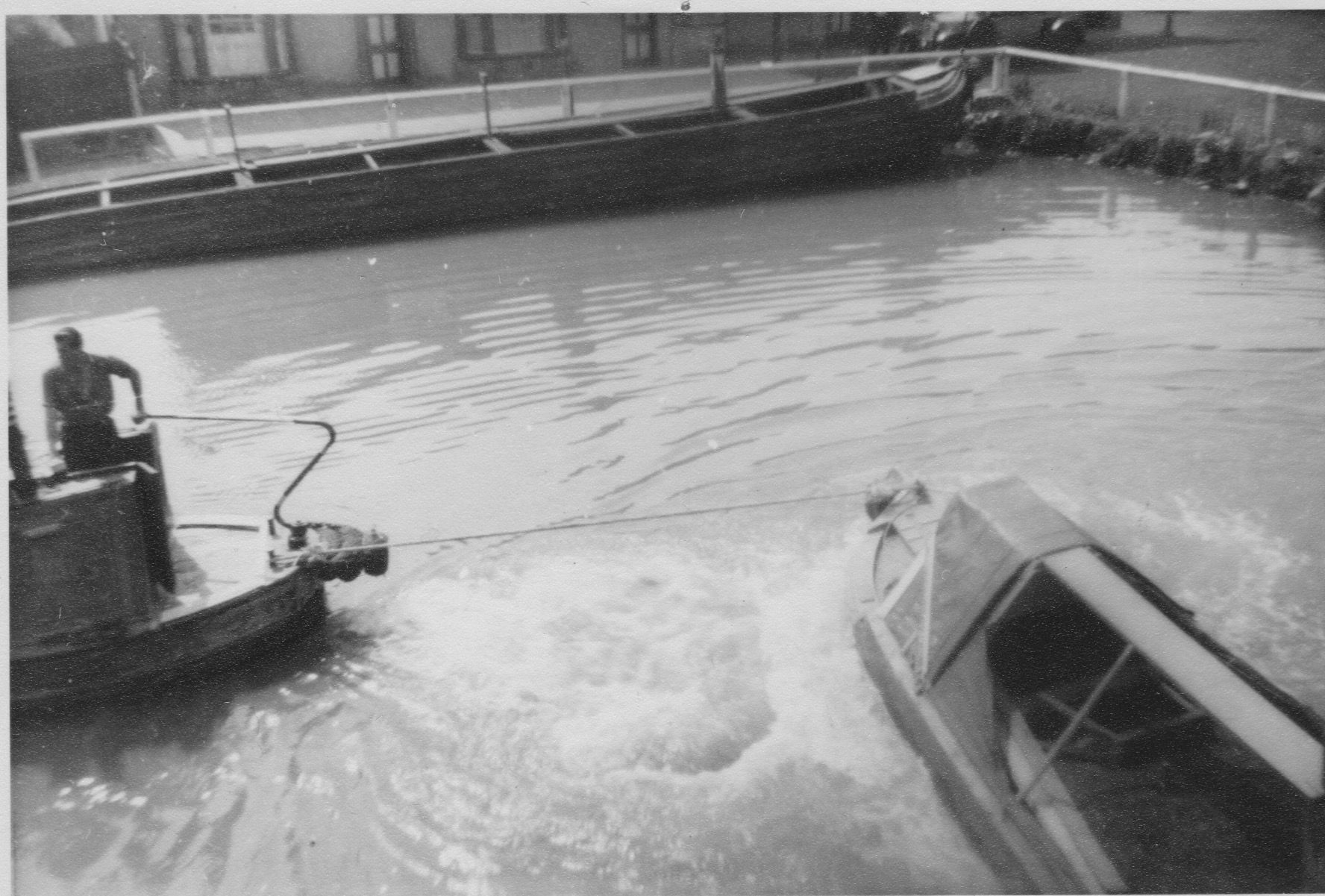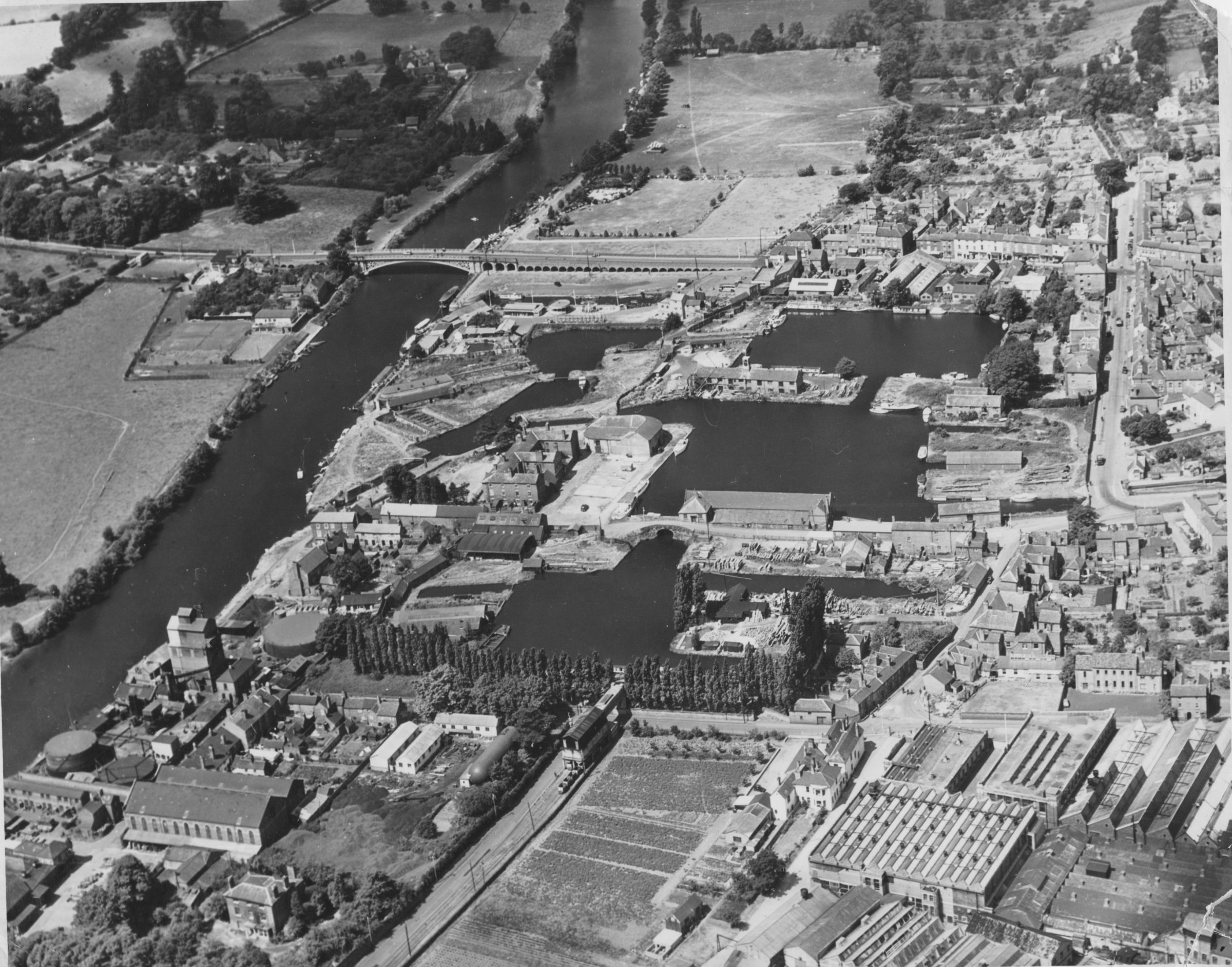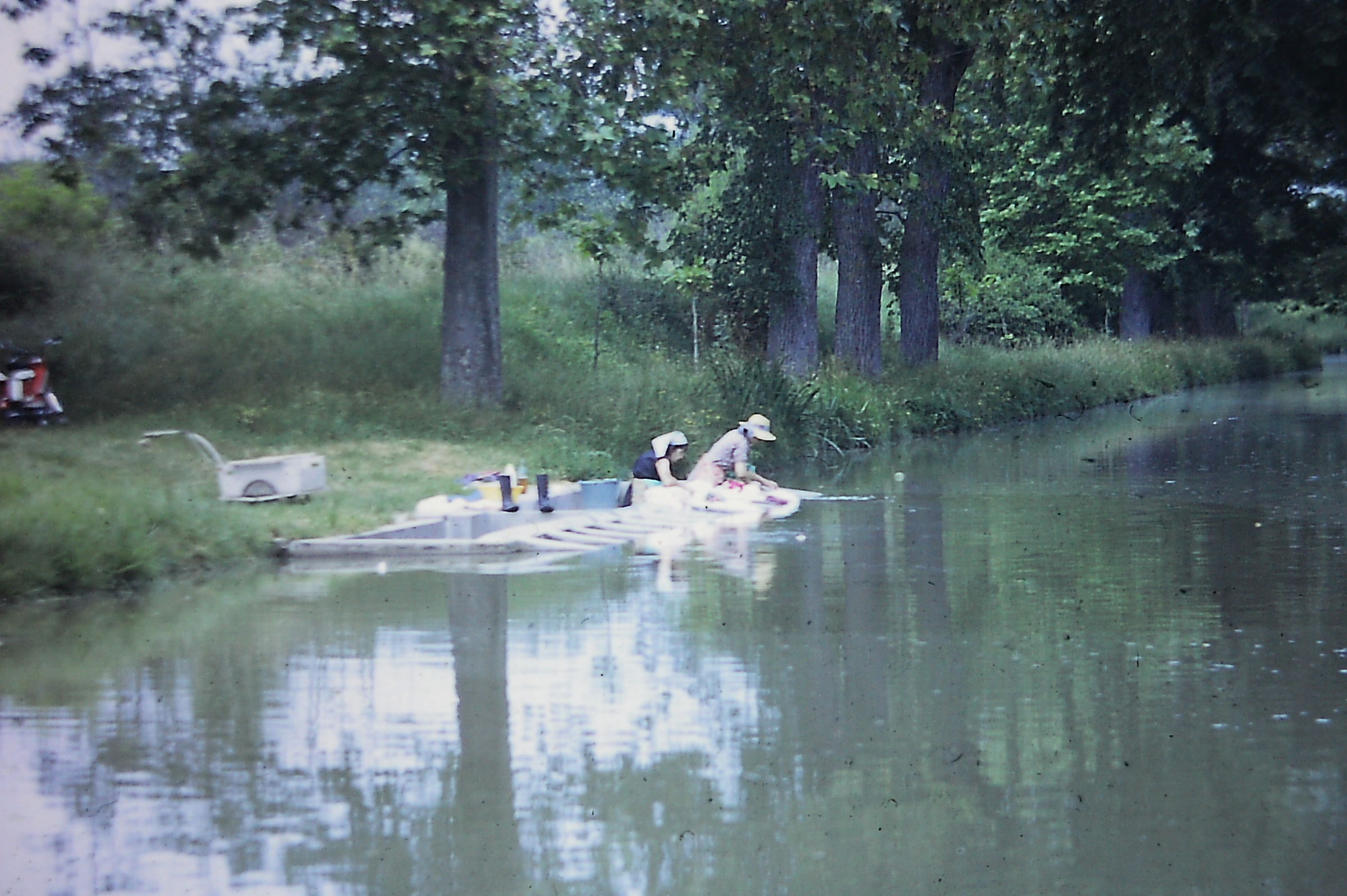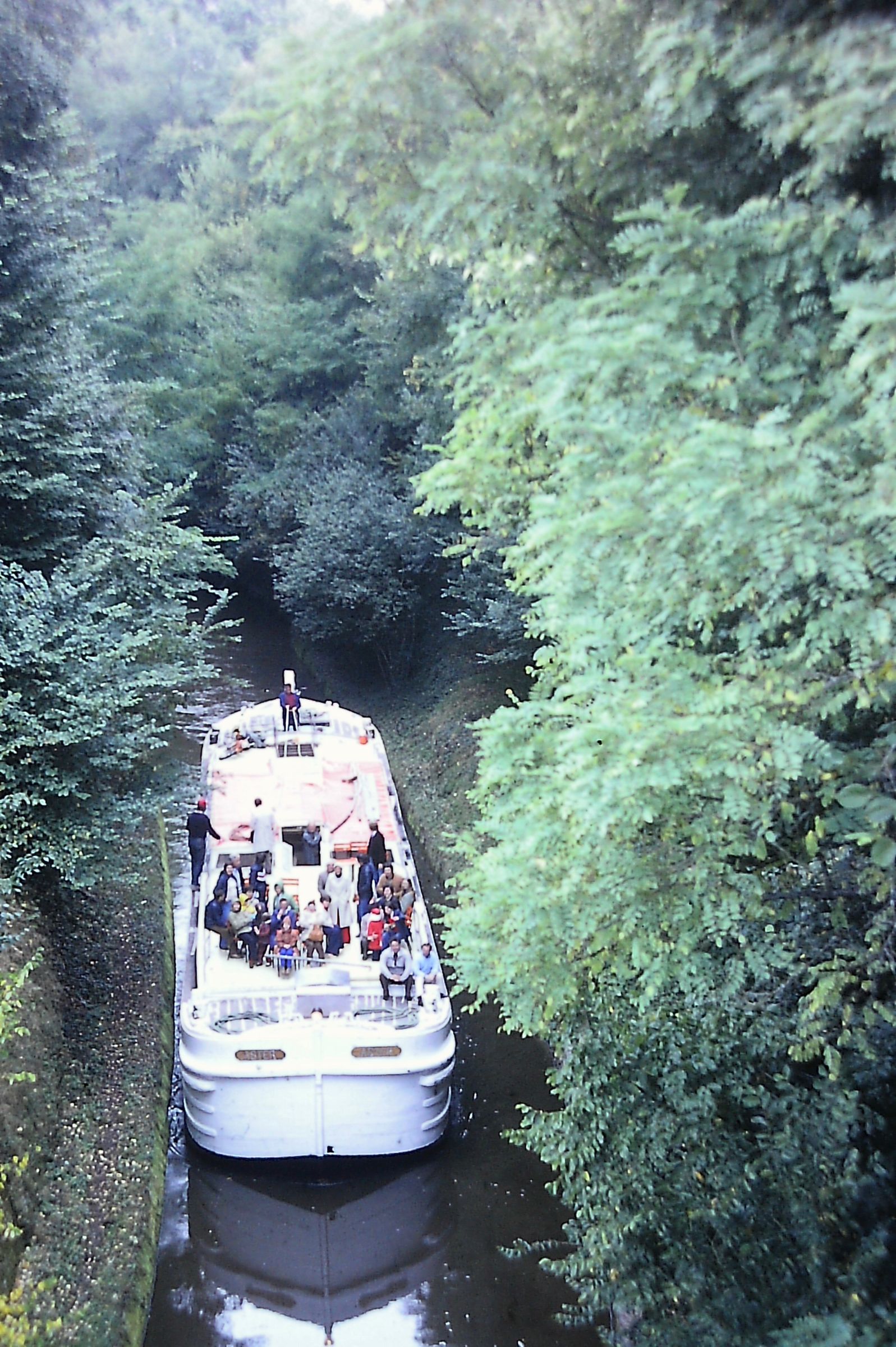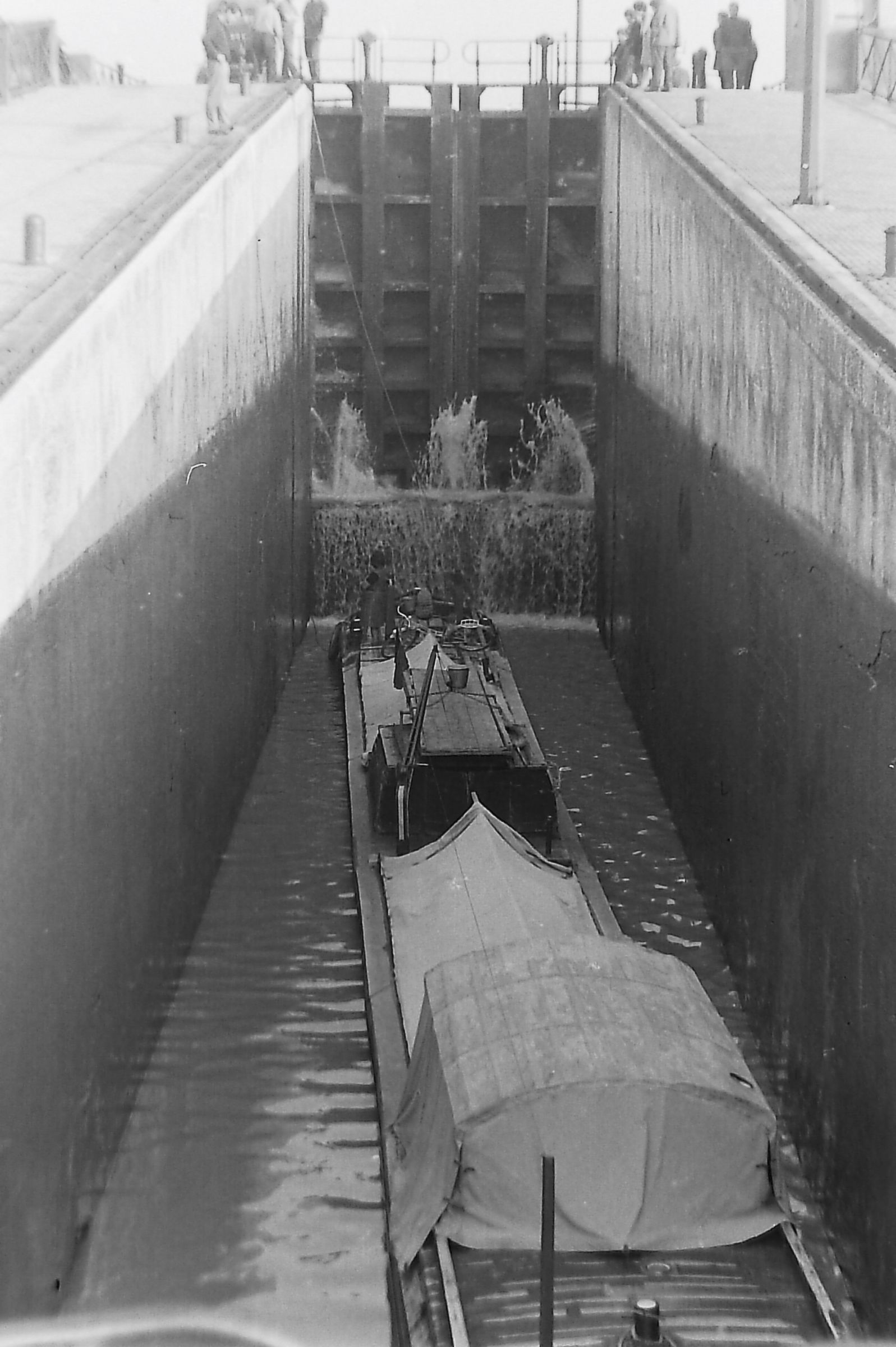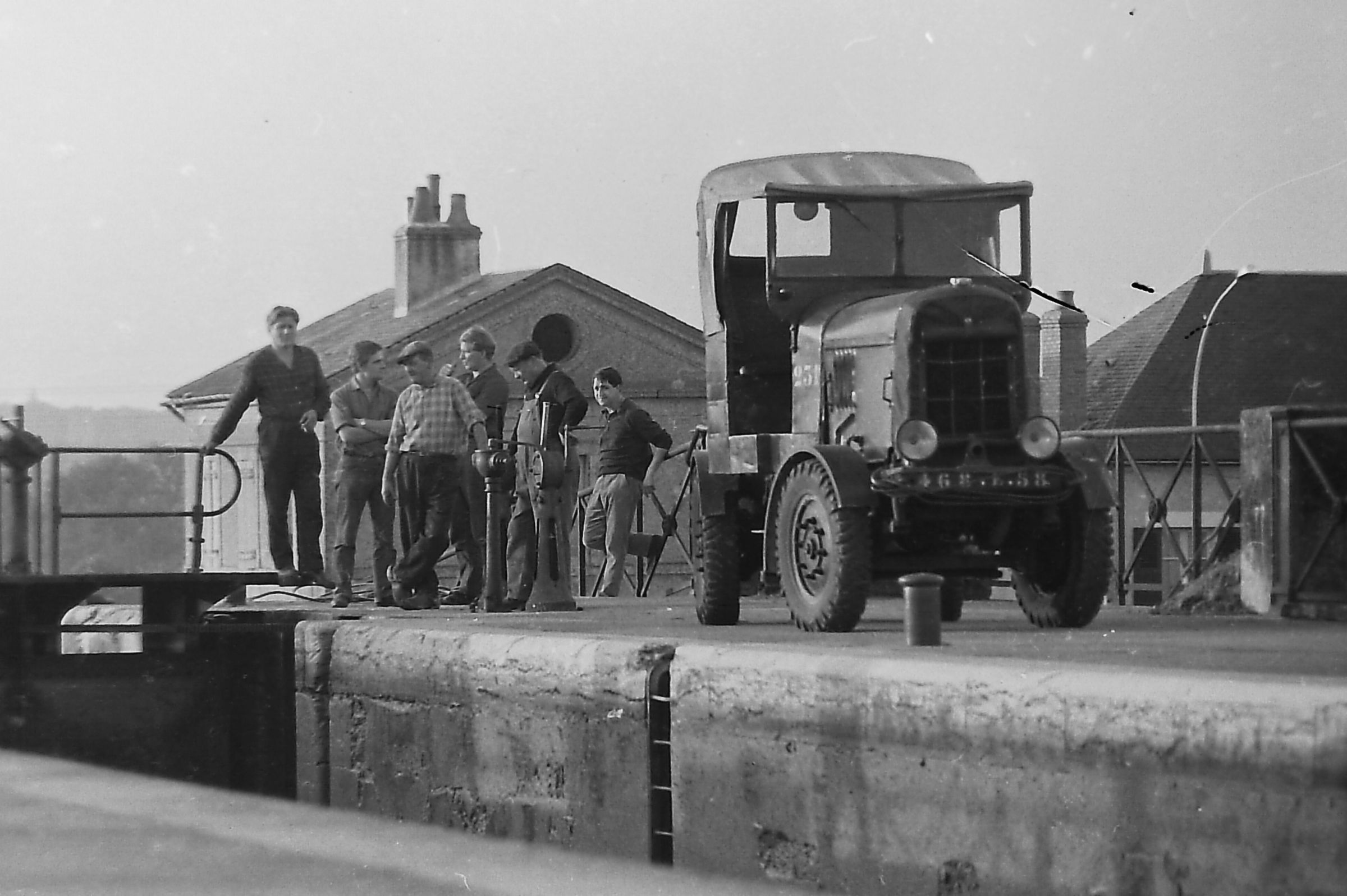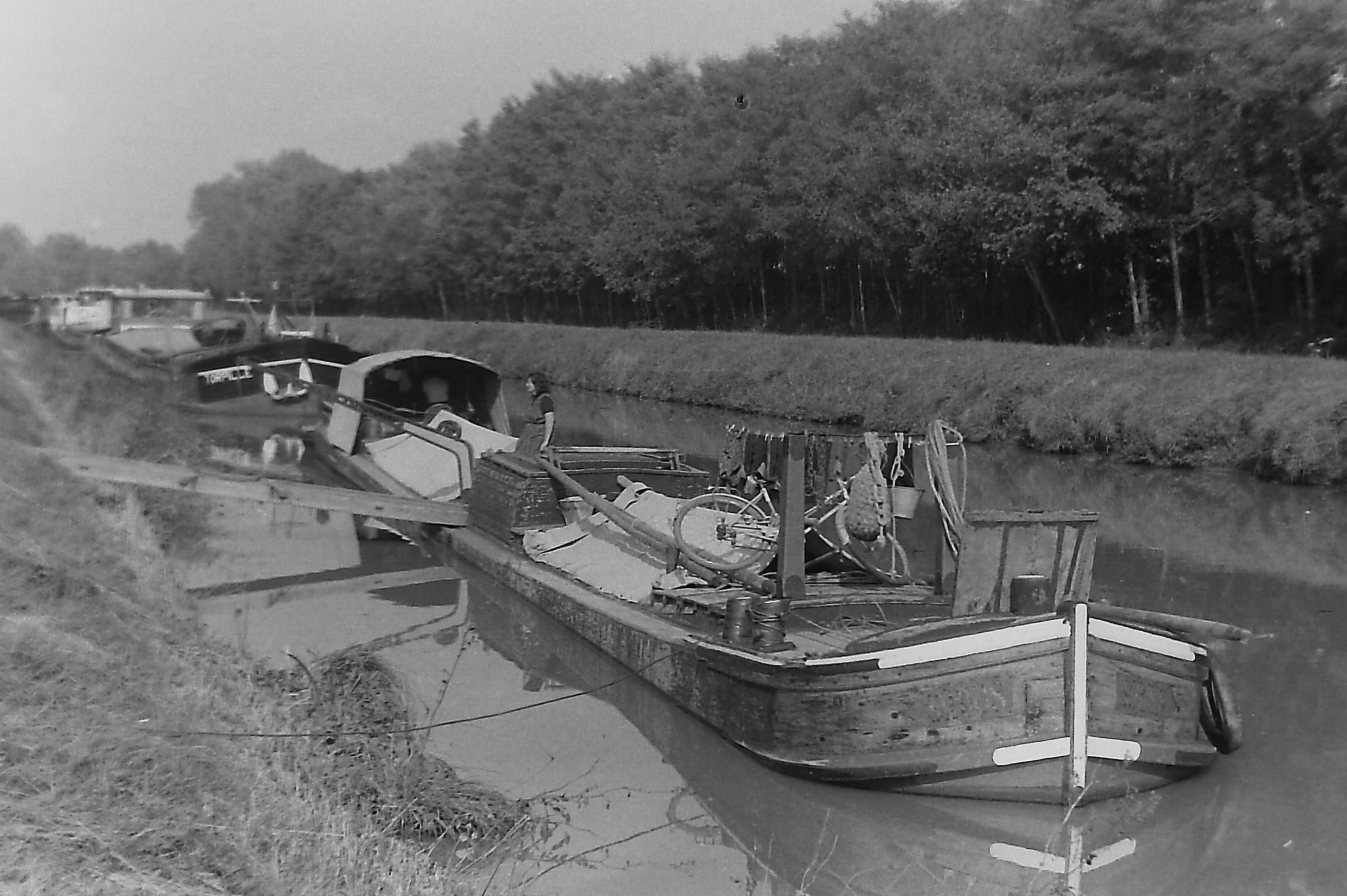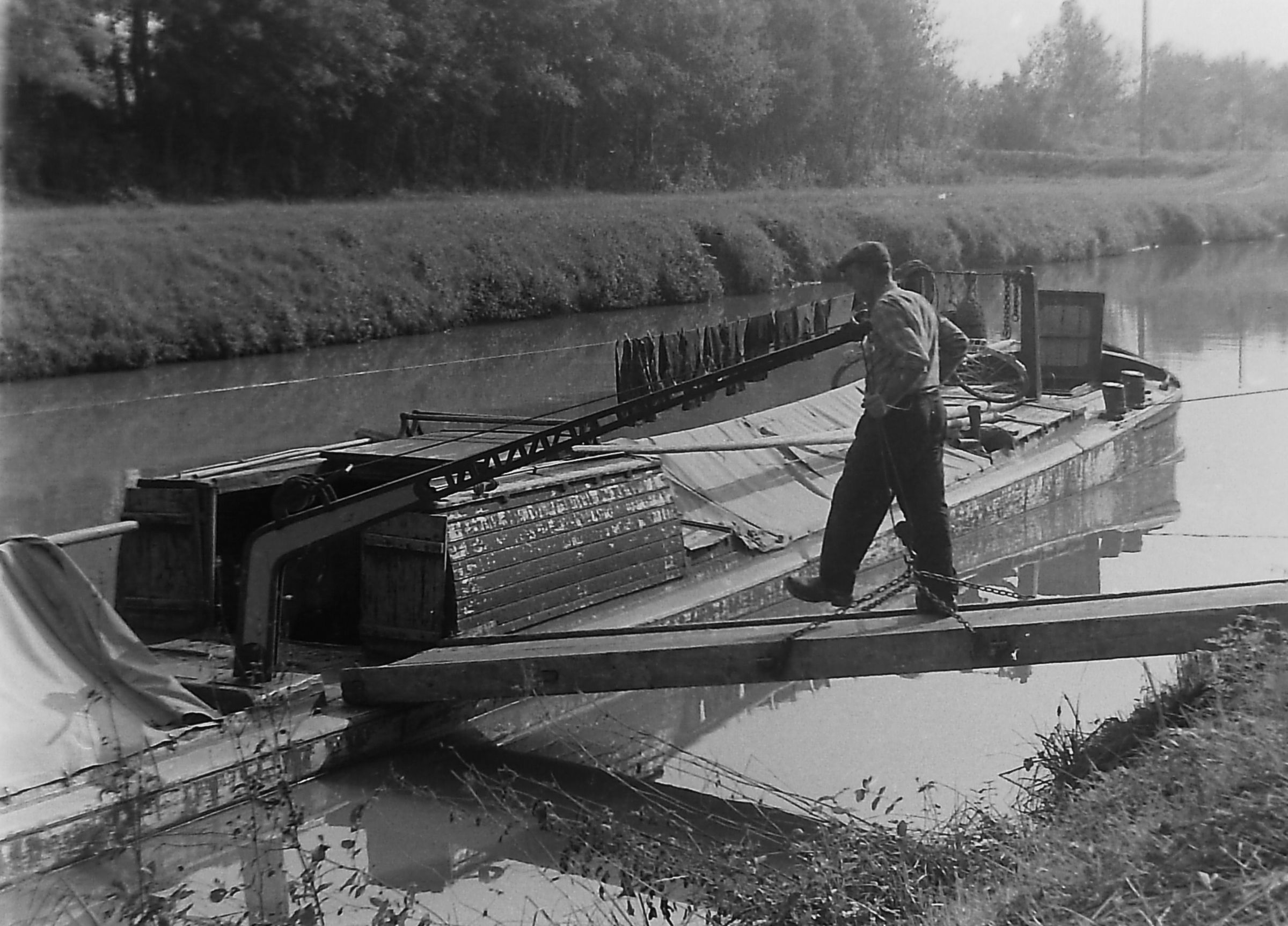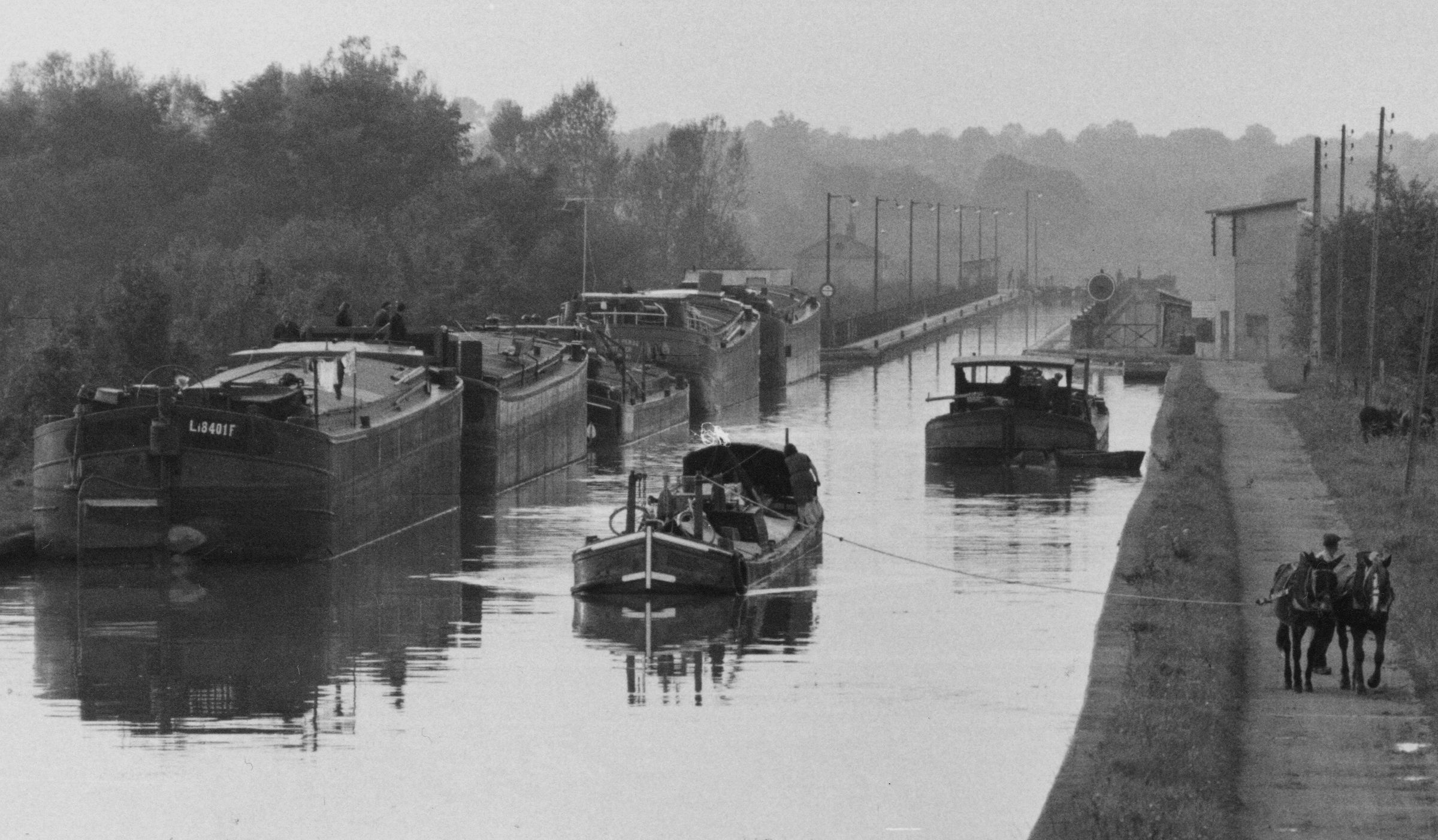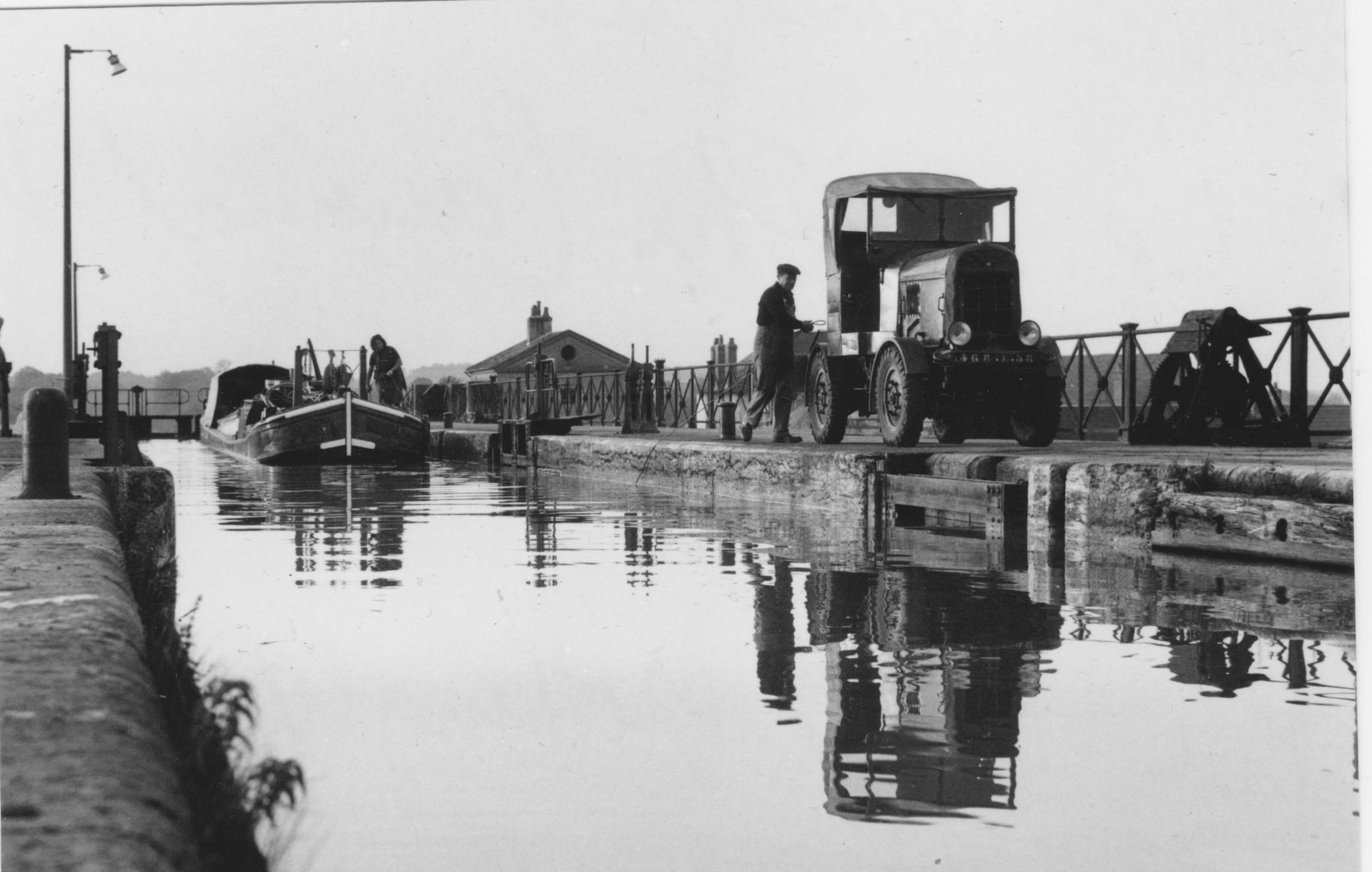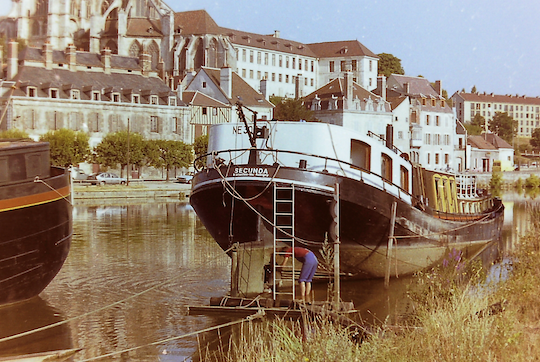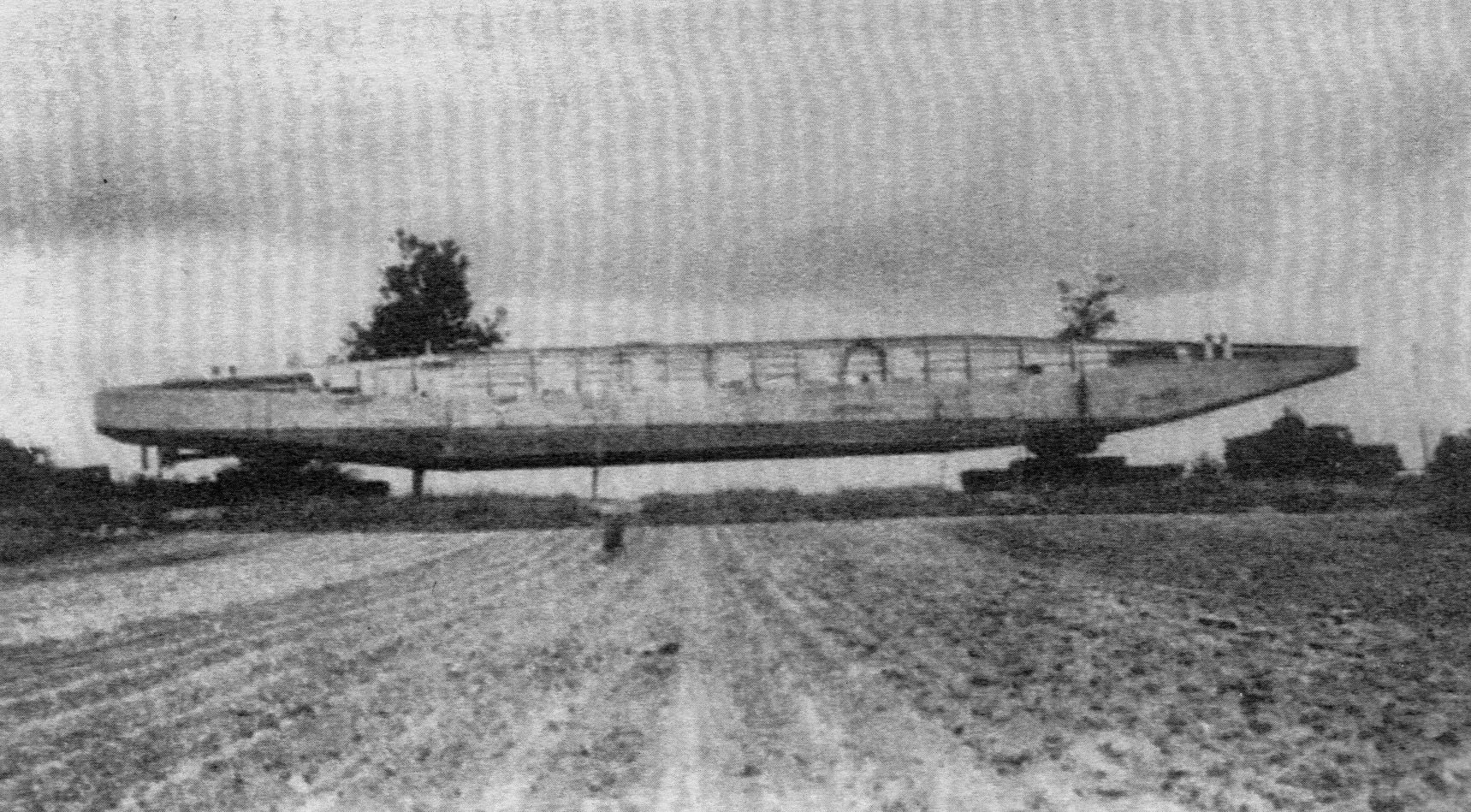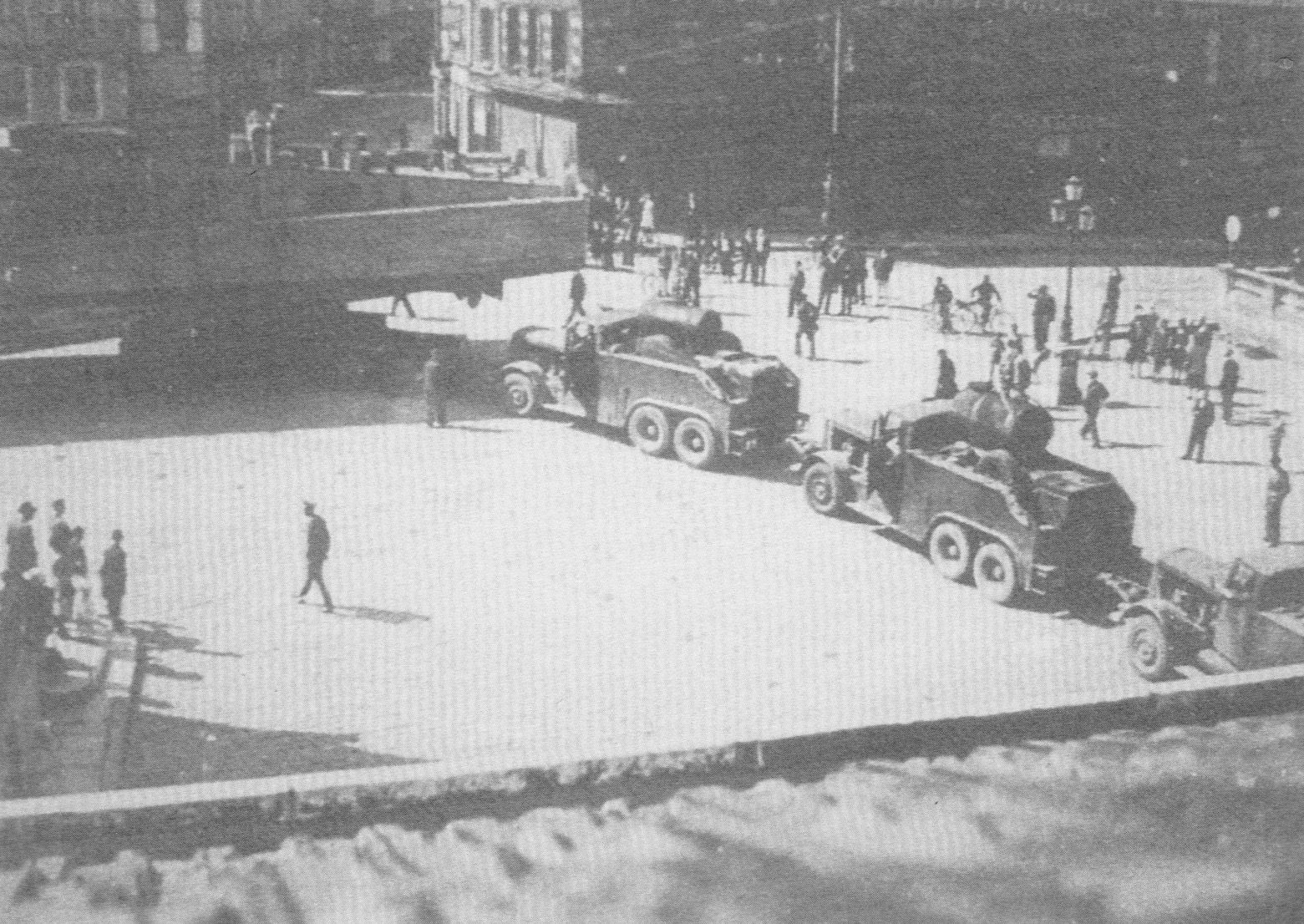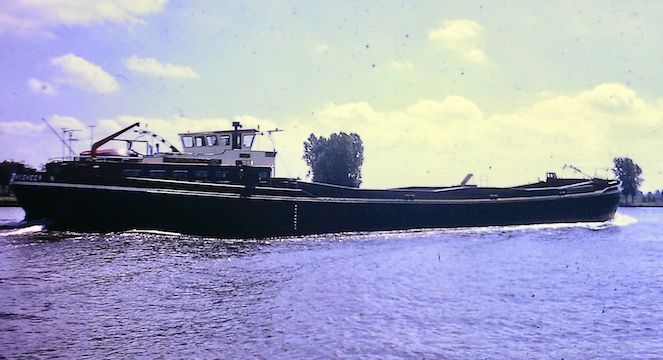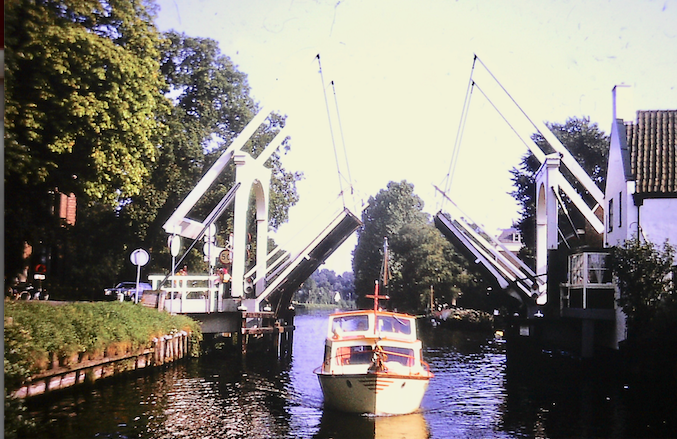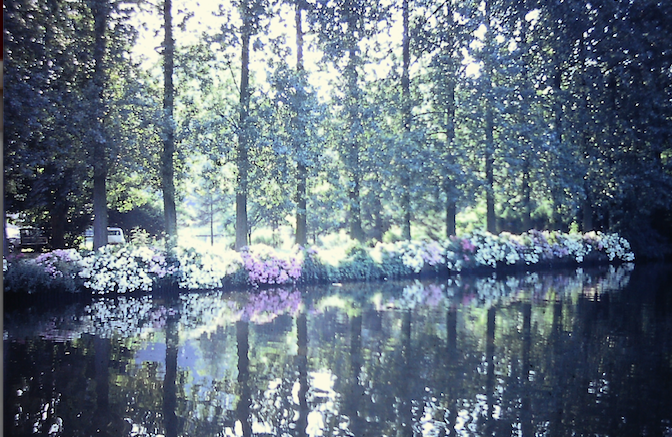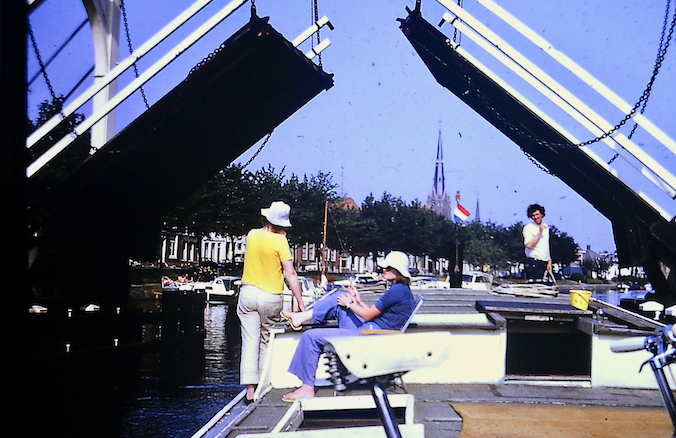-
Posts
319 -
Joined
-
Last visited
Content Type
Profiles
Forums
Events
Gallery
Blogs
Store
Everything posted by John Liley
-
The Departement of Nievre in fact supports the Nivernais not only through the summit level, but to the bottom of the 16 lock flight on the northern side. That they took on the maintenance was braver than they knew, for it was then discovered that the reservoir walls were leaking and the tunnels near to collapse. A recession also arrived and the councillor who had promoted the idea had to keep a low profile for a while. Because the locks there are shorter our barge Luciole can visit no longer, the hull having been lengthened a further 4 metres to meet the rules regarding crew accommodation. A paradise we can no longer reach (even though we broke a propellor up there and knocked a substantial chunk out of another).
-
I don't think I can help on this except to mention that timber ships, in my memory, went into Surrey Docks. But here, for old time's sake are some shots from the day a group cruise passed through Limehouse in 1964. This was a special concession, and the reason for the gathering, the Regent's Canal being normally closed a weekends. As each lock had a paid keeper, BW were anxious to limit their hours, a ruling we wanted to change. As can be seen, purpose-built narrow boats for leisure had yet to arrive. Those that did take part were retired working boats, including the Swan, which I was on.
-
I took this picture half a century ago on one of several forays through London's waterways. Beneath the herbage lies a one-time connection between the Limehouse Cut and the Thames. Wikipedia's item on the Limehouse Cut - a splendid presentation, full of surprising information - says there is still a shallow pool there now.
-
A builder's picture of my previous barge, launched by W J Yarwood & Son of Northwich in 1932. Canal Transport Ltd were the original owners, but on being sold to Walter Holden of Skipton in 1950 he changed the name to Arthur, after his son. As such, she stayed with Airedale Canal Services, whose letterhead I attach. A later change was to Bertha, under J K Ebblewhite, then Michael Streat, but Arthur was what I preferred. I believe she is back to being Mersey now, so she has gone full circle. As Mr Glover of the Airedale company said in a letter. "She was always a good boat."
-
Dav and Pen showed these locks some time ago, a staircase on the Loire side of the Nivernais Canal. I used the second chamber as a drydock(?) once when we bust the propellor on our previous barge Secunda. This was outside navigation hours, working from a Sportyak dinghy, since the sluices leaked so badly. On the plus side Monsieur Cretier, who ran the tripping boat Aster, and who had been born on a barge, lent me his propellor extractor, a family heirloom without which we would be in there still. To work it you get the shaft nut off (remembering, in our case, it has a left-hand thread), then put the disc over the shaft end with the claws gripping whatever is left of the blades. Then, when all is tight, you whack the central thing with a heavy hammer. This, when working from dinghy, can be a life-threatening experience. My pal Edward Bonel, who helped, is pictured when the job was completed, around 4 am. We had passengers arriving that day, a healthy motivation to keeping the job on track.
-
A good picture to put on the March of the Widebeams thread I would think, to show what can be managed on a canal not much wider in many places than our own Grand Union Canal. Incidentally, this waterway, now renamed, used to be part of the Canal de l"Est, built between 1874 and 1882 after routes further east were lost in the defeat inflicted by the Prussians. Six years to build a waterway 420 kilometres long, with 152 locks and four tunnels, though presumably parts of it were there already. Still, shows what can be done.
-
After I bought the Arthur, we did a tour of northern waterways in 1971 and moored under one of those shutes, in order to scrape out what particles we could find of coal wedged in its crevices. From the bucketful we gathered we fed the stove with it that evening - and soon had to flee the bow cabin so intense was the heat thatr esulted. A nuclear meltdown could hardly have produced more energy. We were lucky the stove did not melt. Strong stuff, that Yorkshire coal. Is there any such still around?
-
Pershore, 1953. The Pisgah brought grain from Avonmouth (I think) and had to work through a flash lock at Pershore to reach the mill. In later life she was bough tby the Ryle family, converted as a hotel-boat at Saul then taken past Lands End to enter the French canal system via the Seine. She remains in central France as a privately-owned boat.
-
The quay looks a good deal less melancholy than when I passed through in the Arthur in 1972. There was then only one other vessel present, a faded 38 metre freight barge from which a very old lady peered out through the lace curtains. The name of her boat was Ile de Yeu, which is the island to which Marshal Petain was exiled after his trial as a traitor (and leader of the collaborative French government during World War II). He only escaped the death sentence because of his age, but as the hero of Verdun and the saviour of the French republic during WW1 he still had his suporters. i assume the barge to have been named by one of them. Attempts were made by Petain supporters , I believe, to dig up his body on the island and bring it back to the mainland but these were thwarted.
-
Indeed it is. That is our regular mooring, much negotiated for with the navigation authority (It made the EU trade talks seem easy). We only recently got back there after a Covid-extended visit to the shipyard in Paris this winter. Quite when we will move into the Nivernais again I dunno. Fingers crossed for a vaccine, I suppose.
-
Stourport as it was, around 1950. A local councillor went on to say "The Waterways Executive has already offered the basins to us if we want them. It would provide a wonderful opportunity to provide car parks and recreation grounds." Local boatbuilder Holt Abbott led the campaign to save the place (though there were fillings-in, principally the basin nearest the camera, to which craft once brought coal to feed the power station).
-
Once common in France, now no longer. All I can recall of this particular sighting was that it had becpme sufficiently unusual for a photo to be taken. It was probably on the Canal du Midi. Long, long ago using a canal for clothes washing was common. Easy access was provided at many a village, as here, and sizeable groups would attend, scrubbing hard and chatting, Then the washing machine became affordable, and it stopped. Cue an L T C Rolt-ian moment to deplore the passing of another traditional pursuit.
-
Thanks to Pluto providing the ;ink ( http://projetbabel.org/fluvial/index.htm ) it was god to look at Charles Berg's website and in particular to read about the 'Aster'. This was a tripping boat run by the local Departement when it gallantly took on the huge expense of running that part of the Nivernais where the locks are shorter. The boat was a 'batard', built in 1951 within the 31 metre limit that those locks allow. At first she was mule-drawn, but later a Beaudoin engine installed, driving, through a flexible coupling to a propellor at the after end of the rudder. Given that the rudder had to be folded flat in the locks she was quiet a handful, but Monsieur Cretier, who skippered, mastered it absolutely. He had a bow rudder to manage as well, by tweaking on a pair of reins. The 'Aster' is pictured here in white, but after an extensive renovation she reappeared in varnish - to almost immediately have her licence withdrawn by the navigation authorities . this happened at the same time as the two berrichons on the Loire at St-Satur were condemned as well. The reason behind such severity was that the inspection and licencing authority at Nevers had been found to be wanting (to use a polite expression covering chicanery with another operator) and felt obliged to show how tough it could be. The 'Aster' survives now on show at St-John-de-Losne. It was Monsieur Cretier, a kindly soul who knew more about boat handling than I ever will, who was in charge on that final voyage to St-Jean
-
Berrichon Sirdar again, in the lower chamber at Le Guetin. Also the tractor, on which I have no further information, except that the group of Dutch and Belgian mariniers around were gnashing their teeth at the way the staircase was adminstered (uphill travellers would not not allowed to progress the following morning, even when there were no downhill boats left, because that was not their specified time of day) Peter Zivy, who started Saint Line, had previously based his fleet of six on the Marne, but moved to Baye on the Nivernais having discovered the canal and been appalled that it was up for closure. He spent a good deal of money in doing so and subsquently moved to Englnad, but by then others were getting established. Prominent amongst them was Michael Street, who became the first hire boat operator on the Midi (encountering concerted hostility from the French tax authorities, to whom anything new must be suspect. Michael did win through in the end, but the process exhausted him;he subsequently sold out to Guinness, who weredeciding on "leisure" at the time).
-
More on the berrichons. In 1968 I travelled with a group of friends on a hire cruiser from Saint Line on the Nivernais. Even then, this was the only hire company in France, and by being based at Baye, on the summit, and lobbying hard, it thereby saved the Nivernais from closure. On an ambitious circuit we passed, at Marseilles-les-Aubigny, the blocked-off entrance to the Canal de Berry, with several of its tradional craft moored out in the main canal. Then, at Le Guetin, there had been a stoppage of some kind, and in thequeue, was the berrichon Sirdar, the family on board certainly eating under an awning at the stern, though possibly sleeping somewhere underneath. The mule/horse combination that towed the vessel was stabled centrally on board, that being the regulation (the animals were not allowed to graze on shore either, though some surely did). I shall post a couple of further photos on a following entry, asap.
-
Re the staircase locks at Le Guetin and aqueduct across the Allier, I have enduring memories of the place, having had to wait two days there on our first ever boating experience in France. The system then was for downhill travellers to pass through in the mornings, uphills in the afternoon. To add to the complication the upper chamber could not be filled if there was a vessel on the aqueduct, as they got pulled by the flow. Since it was a tight fit, loaded craft to an age to get through and the whole palava seemed to have no end.. To add further to all this, horse or mule-drawn craft had to use an ancient tractor to get across, while the animals went round by means of the local road. The main picture shows under way the last berrichon, of 90 tonnes capacity, loaded with cement, while a bigger animal drawn craft waits her turn in the queue. The larger vessels, carrying up to 200 tonnes, represented hard and horrible work for the two beasts involved, and the practice came to an end in 1970 - as represented by an earlier picture in this thread.
-
With no dry-dock for many miles, the slip at Auxerre proved useful once in fixing a cooling system leak. We hauled Secunda up as much as we dared. The slip itself was installed by the German occupation forces in 1943, when a fleet of armed vessels was brought up the Yonne, They were then hauled out here to be taken across Burgundy by road - the Canal de Bourgogne being insuffiently large for the job. To achieve this 1,500 forced labourers demolished houses along the way and regraded the roads. Special trailers were used, with three tractor lories pulling, and four more behind, primarily for braking on the hills. Those taking these pictures risked their lives, yet none of the craft ever made it. The entire fleet, said to be over 50 craft, was destroyed by Allied aircraft farther south.
-
The Amsterdam-Rhine Canal ,opened in the post-World War 2 rebuilding programme. Travel along it is the boating equivalent of a drive down the M1, yet a stone's throw away is the charming River Vecht. The bridge with a small cruiser coming through is at Breukelen, after which Brooklyn, New York was named.
-
Our barge Luciole has operated on this route often over the years, and very agreeable it is. There was freight for some time from various silos farther on, but the silting made it marginal and it went. The other hotel barges you speak of operate on the other side of the hill in such quantity it works out not far from a hotel-barge in every lock. The reason is the attraction of the words 'Beaune' and 'Dijon', which seem to ring the right bells when promoting. It's all too busy for me. Since many of those boats are deep-draughted (as well as high) they keep that section of the canal reasonably dredged. They could not, in any event, visit the Canal du Nivernais, because of bridge clearances and, in particular, the depth. The 'Belle Epoque', the other hotel-barge illustrated here does visit the Nivernais sometimes, but with increasing difficulty, such is the tendency for silting there also. The boat was , previously, one of a pair of Dutch-operated vessels that used to come to the Nivernais for oak logs each year, with loading high up the canal, south of Dirol.



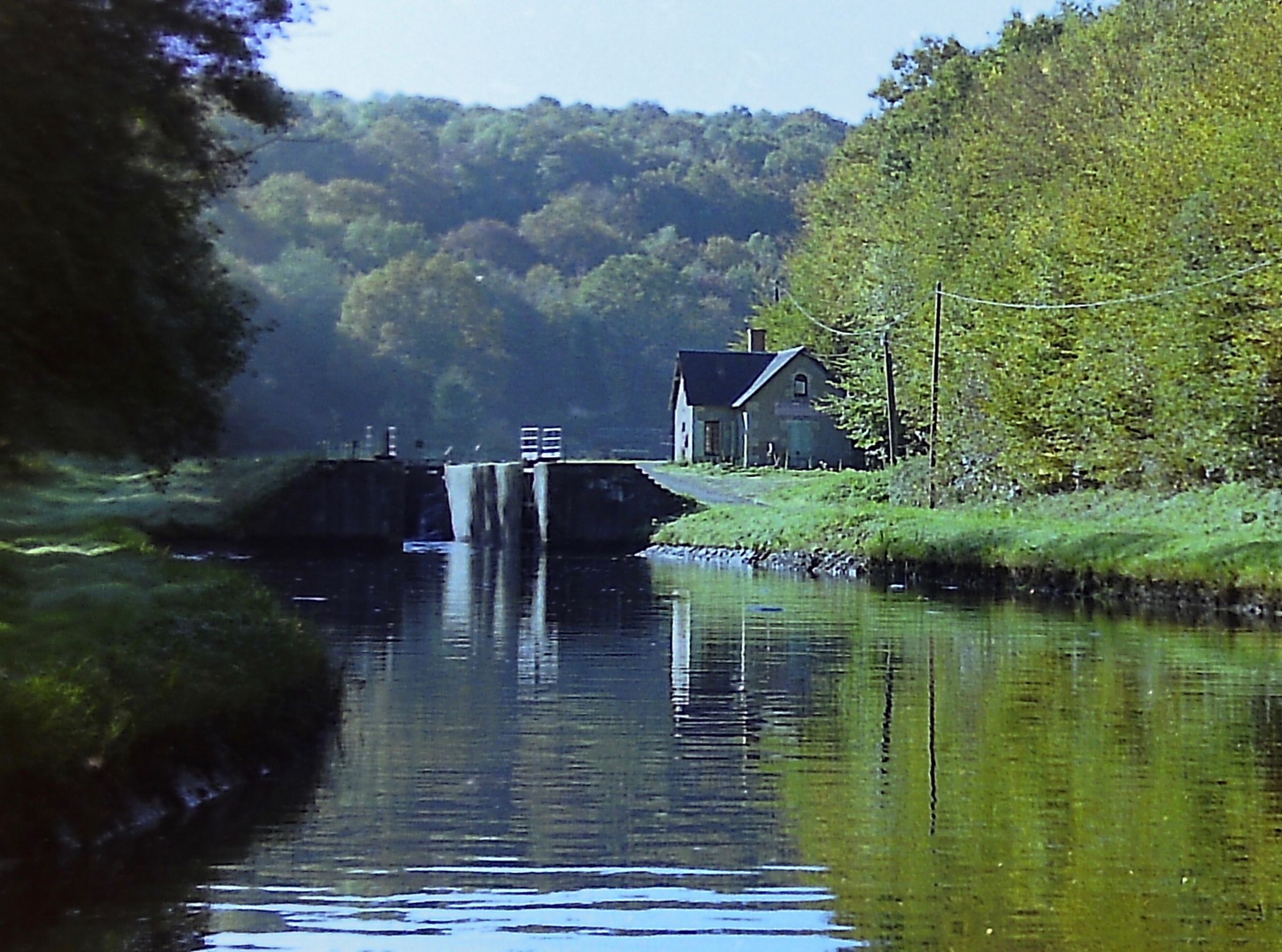
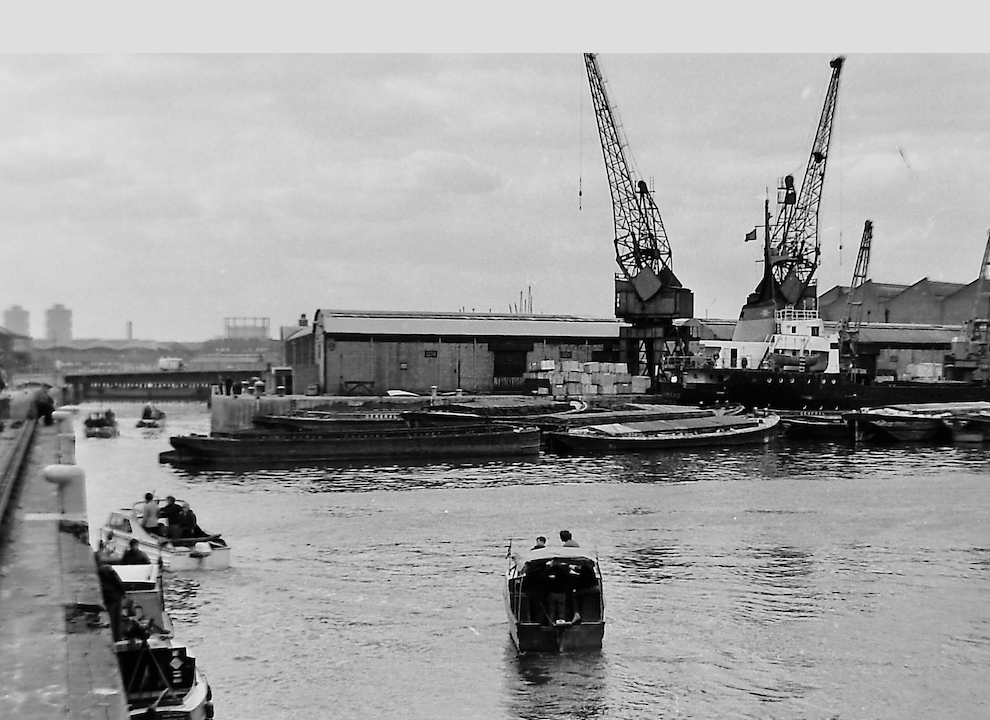
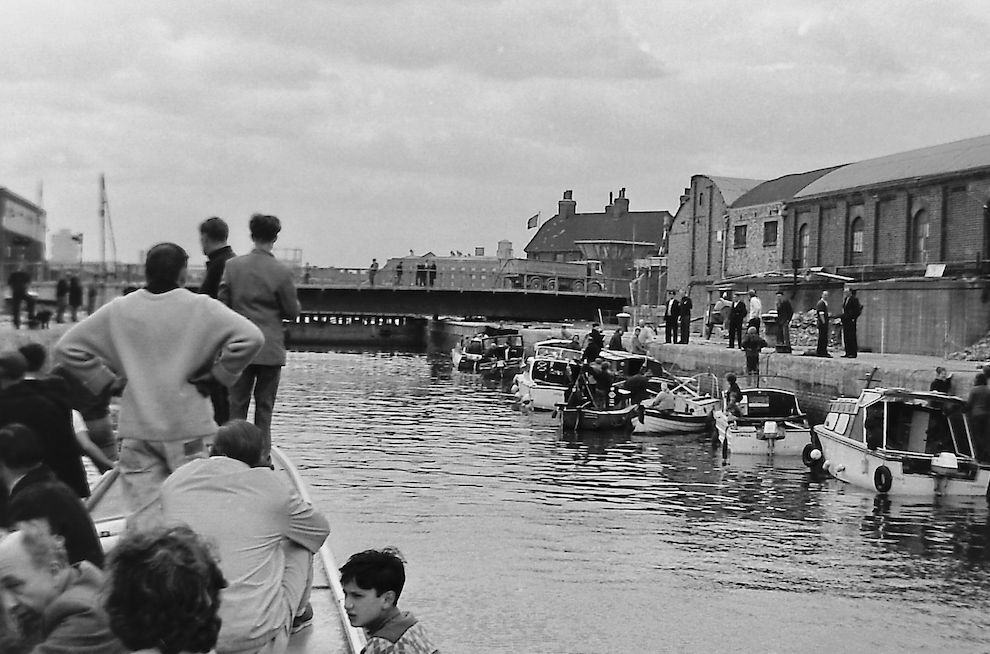
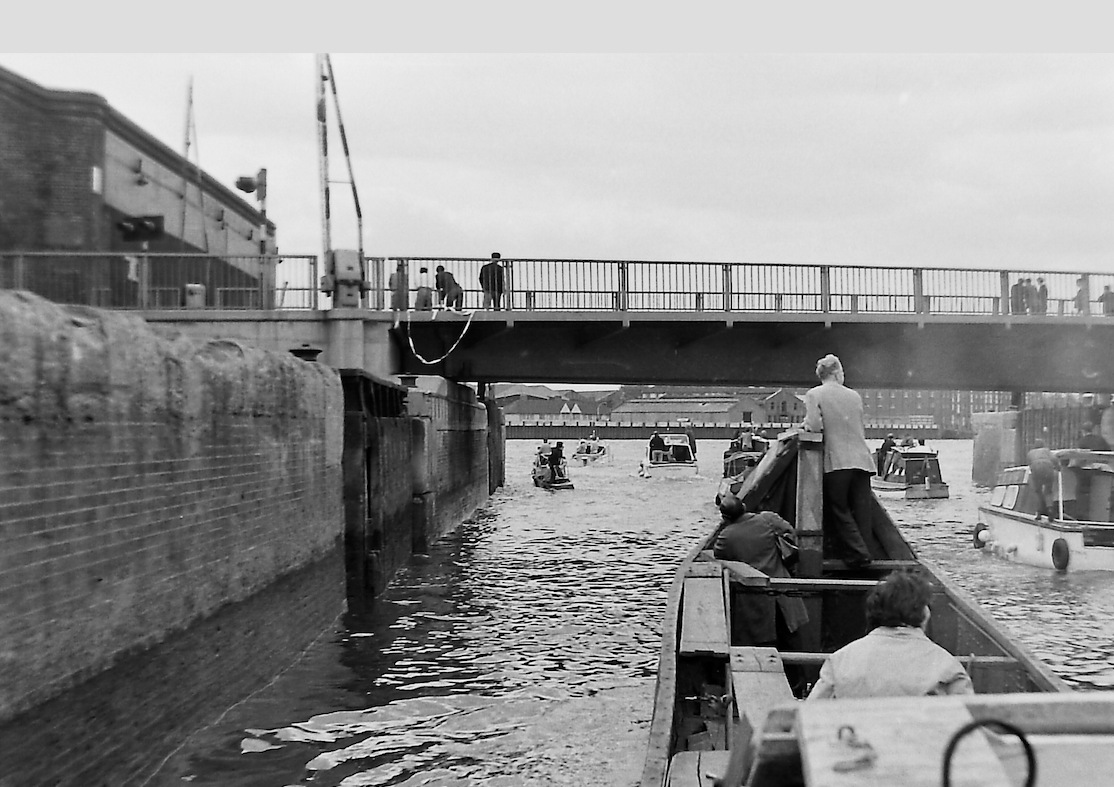



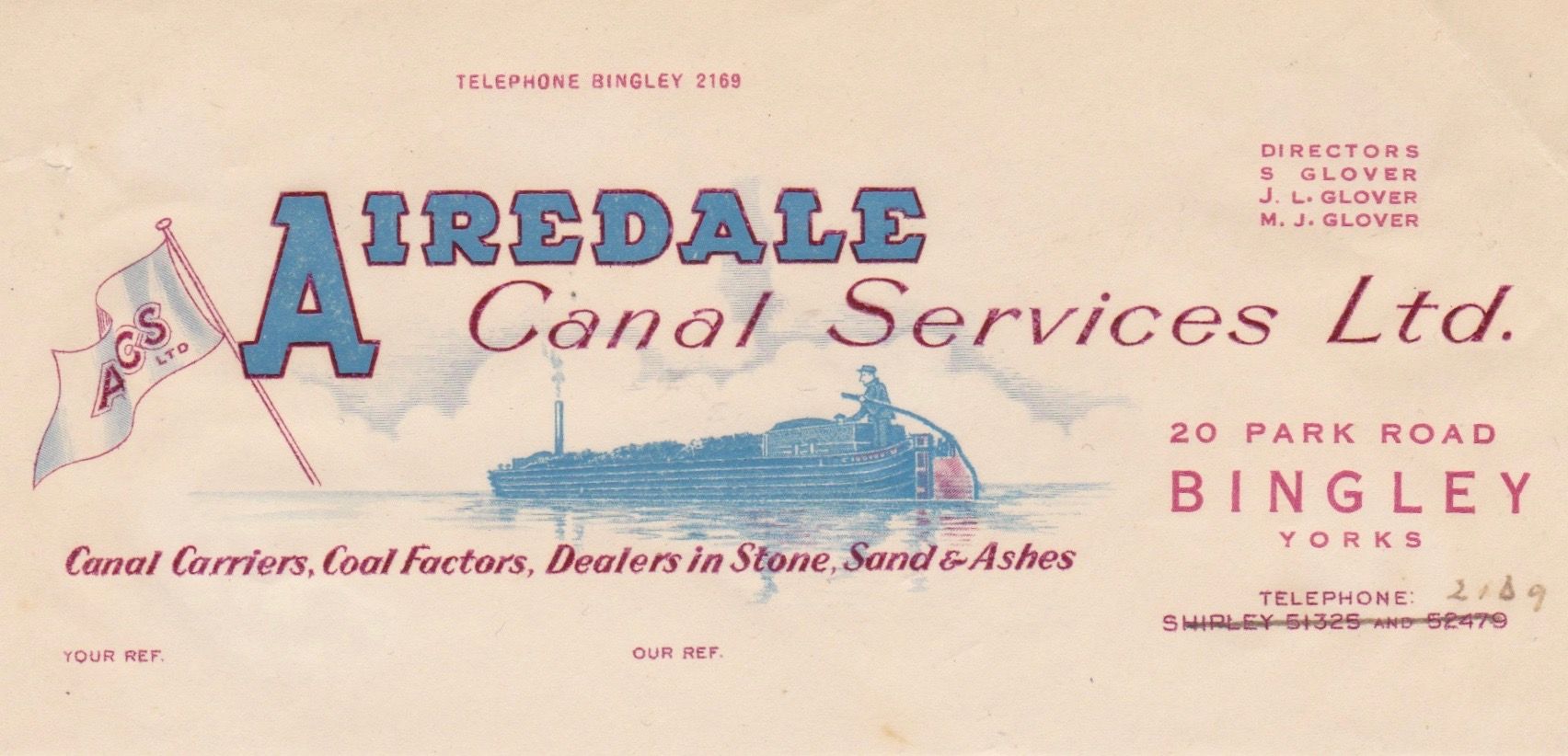

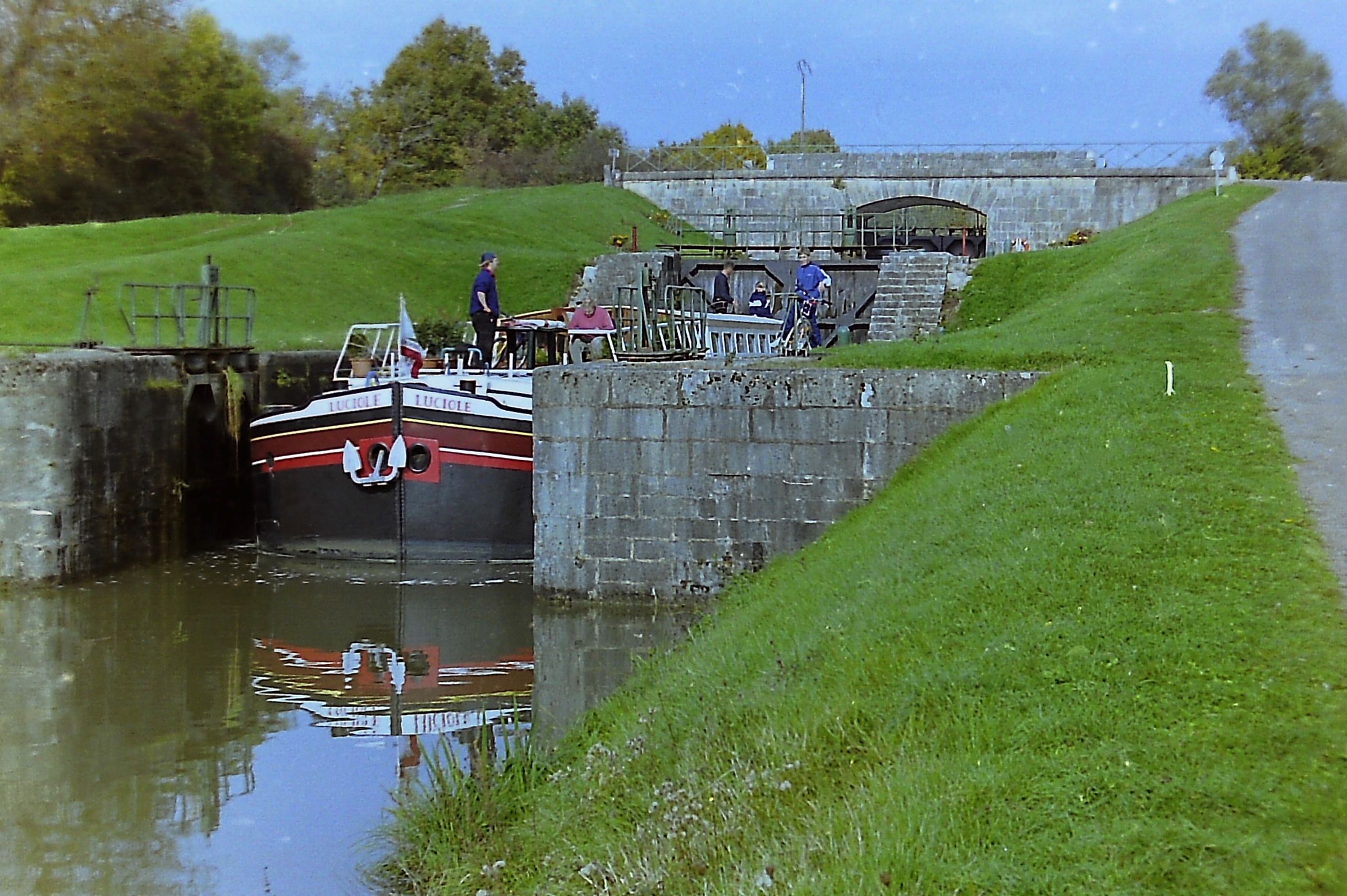
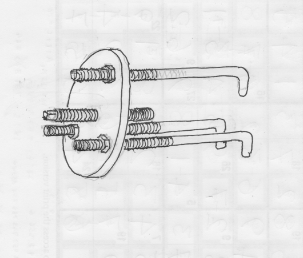
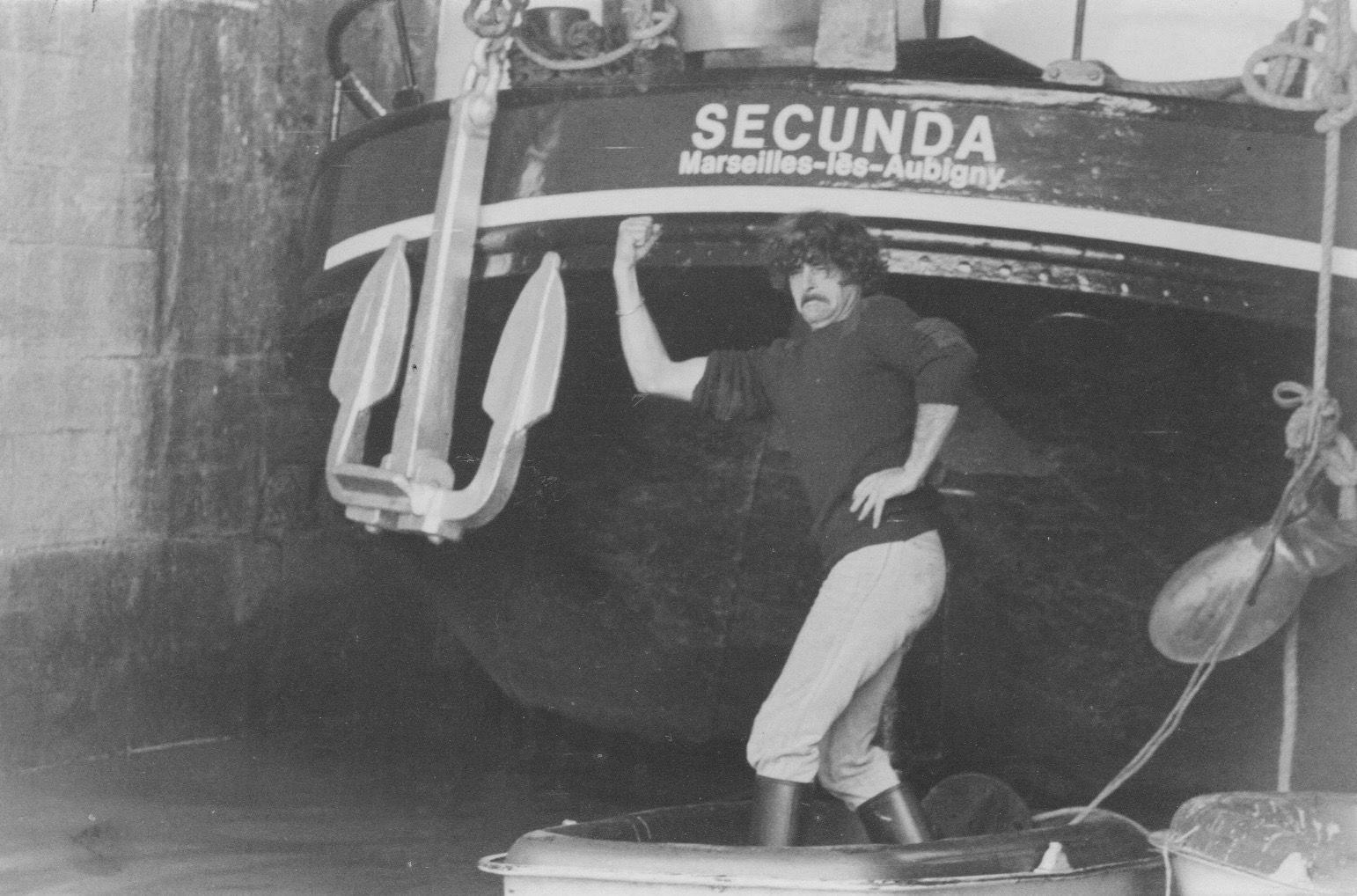
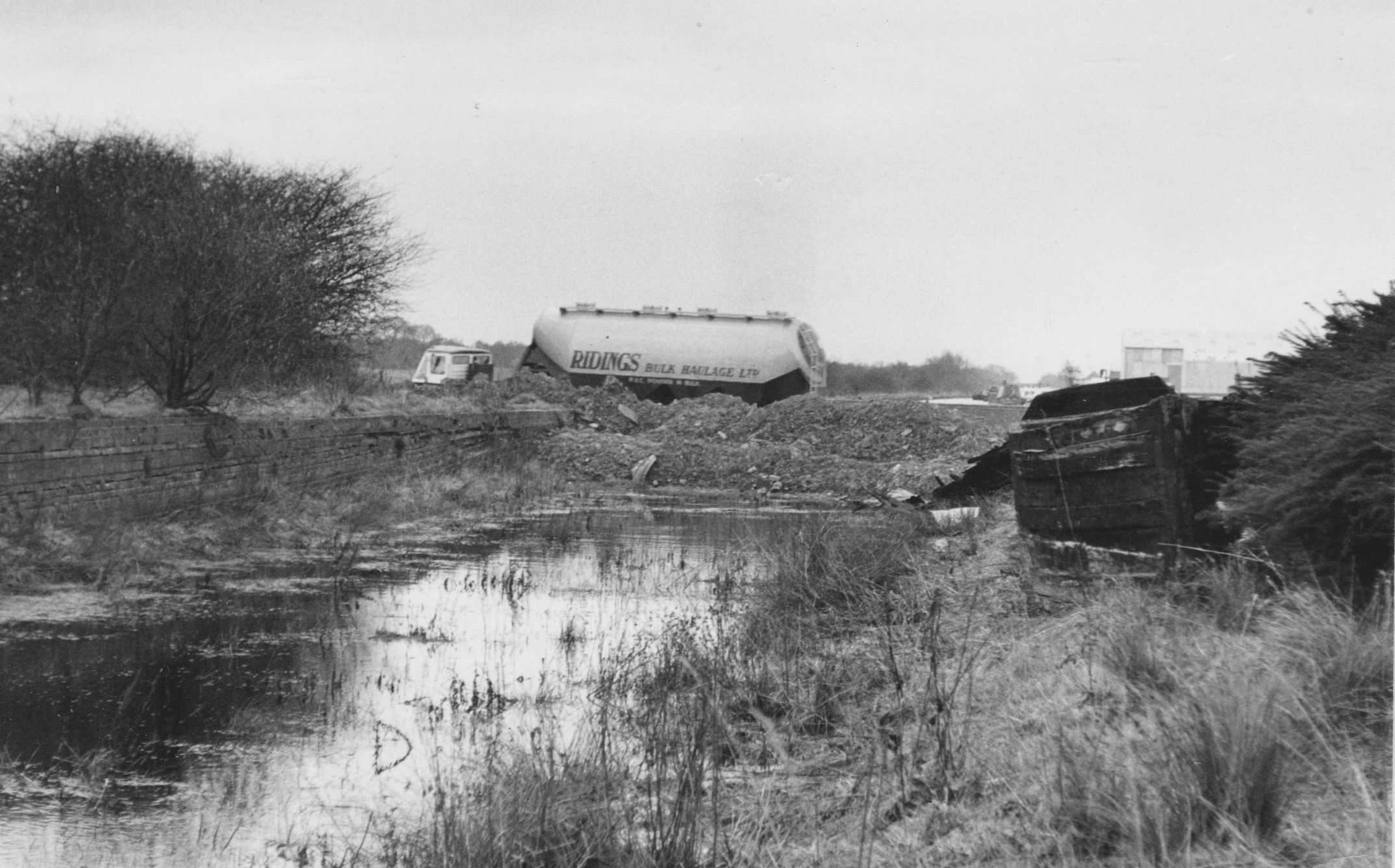
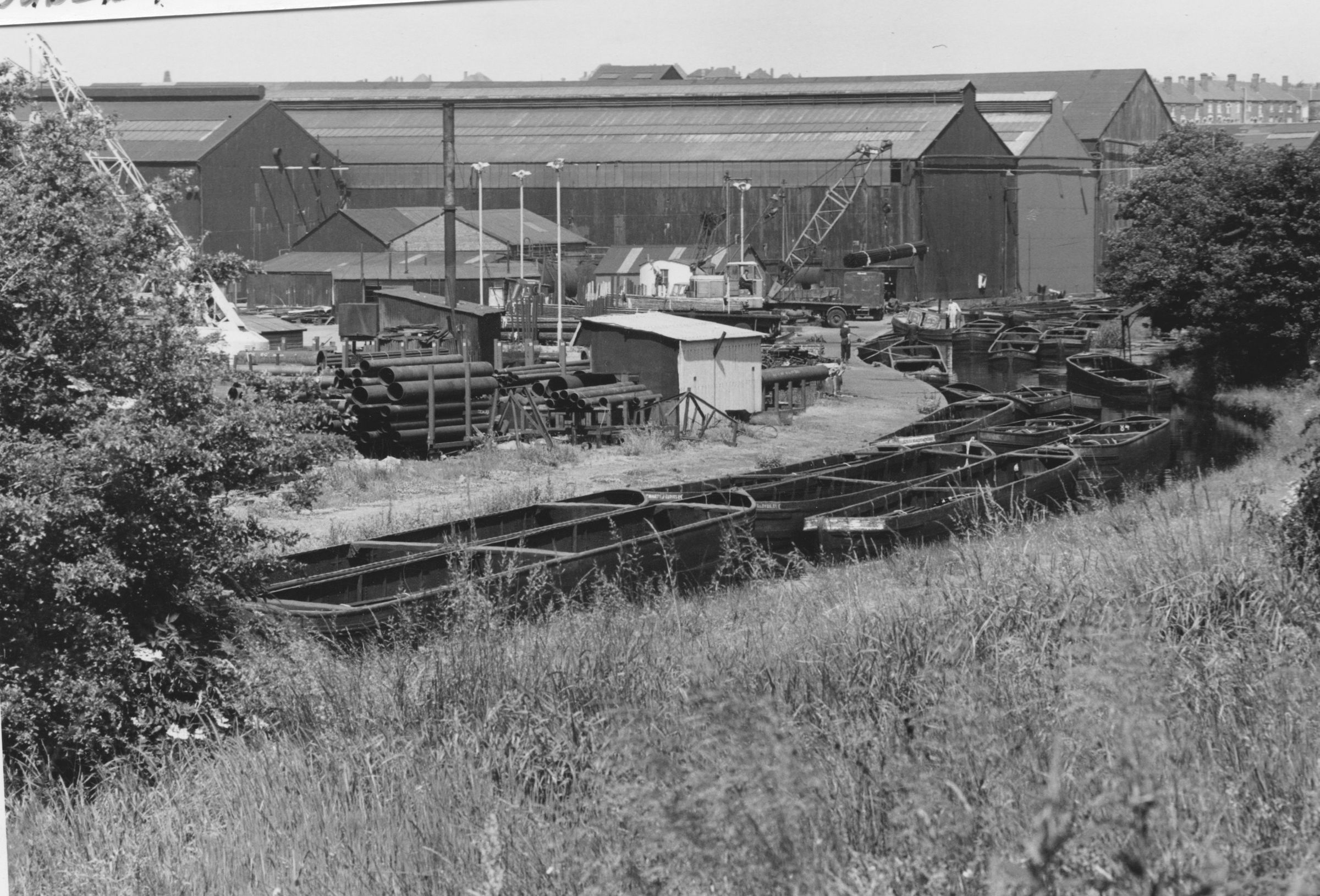
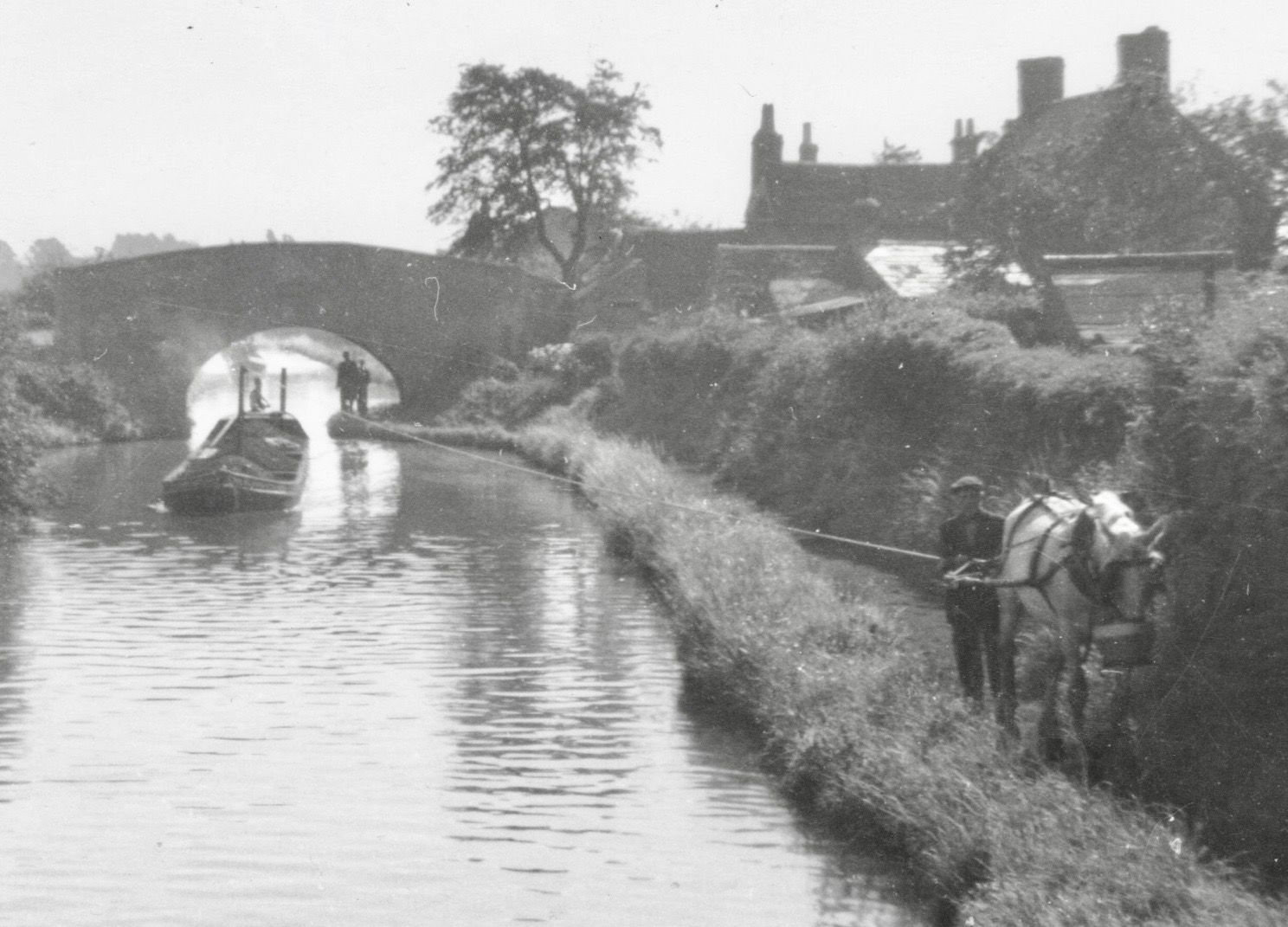
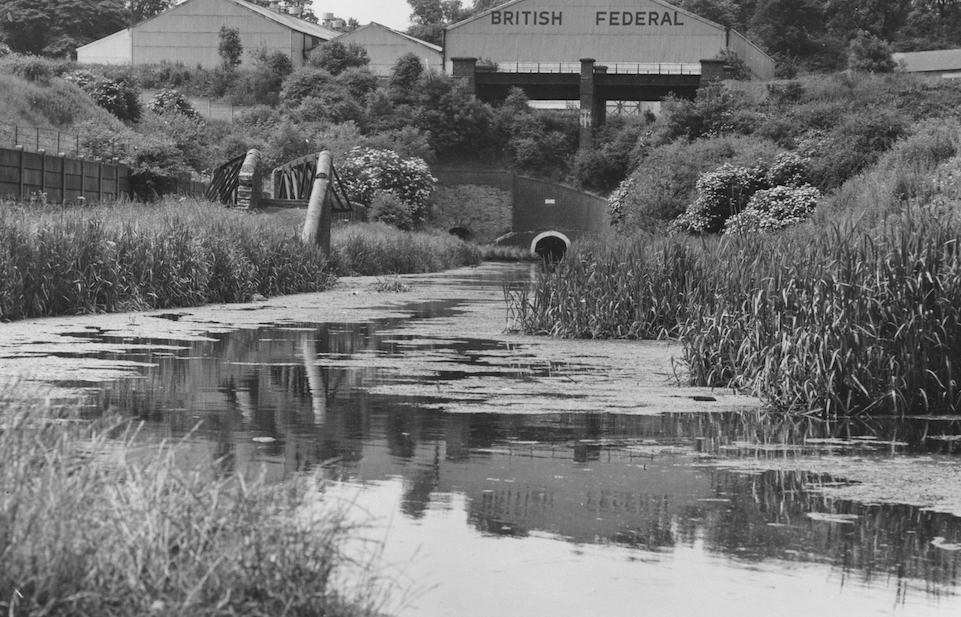
(JOHNLILEY).jpg.722b22fb5ef8c7d4f84315df12a5f012.jpg)
(JOHNLILEY).jpg.b88c4cf61d6120d00482b9c70cde03ed.jpg)
